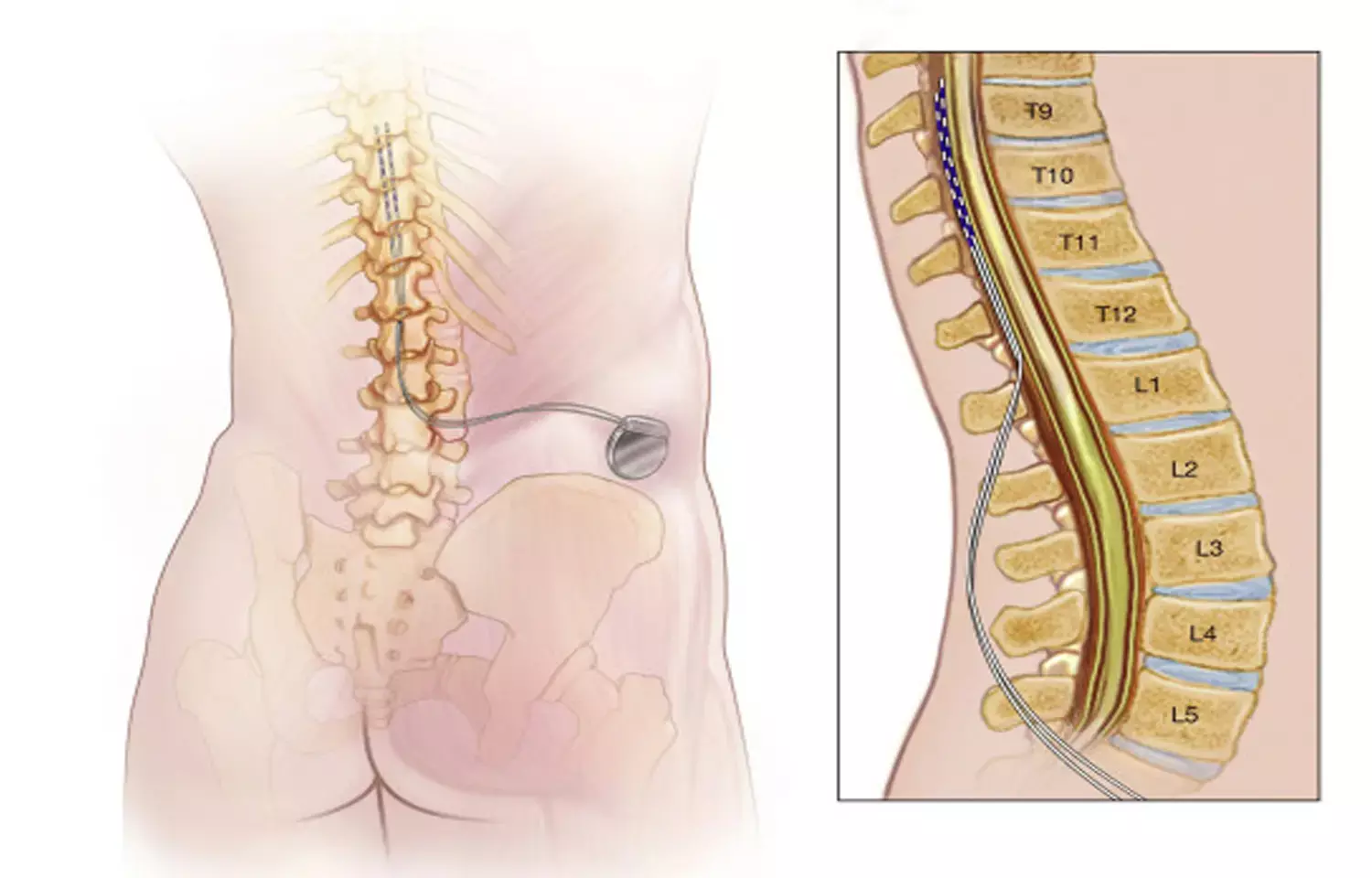- Home
- Medical news & Guidelines
- Anesthesiology
- Cardiology and CTVS
- Critical Care
- Dentistry
- Dermatology
- Diabetes and Endocrinology
- ENT
- Gastroenterology
- Medicine
- Nephrology
- Neurology
- Obstretics-Gynaecology
- Oncology
- Ophthalmology
- Orthopaedics
- Pediatrics-Neonatology
- Psychiatry
- Pulmonology
- Radiology
- Surgery
- Urology
- Laboratory Medicine
- Diet
- Nursing
- Paramedical
- Physiotherapy
- Health news
- Fact Check
- Bone Health Fact Check
- Brain Health Fact Check
- Cancer Related Fact Check
- Child Care Fact Check
- Dental and oral health fact check
- Diabetes and metabolic health fact check
- Diet and Nutrition Fact Check
- Eye and ENT Care Fact Check
- Fitness fact check
- Gut health fact check
- Heart health fact check
- Kidney health fact check
- Medical education fact check
- Men's health fact check
- Respiratory fact check
- Skin and hair care fact check
- Vaccine and Immunization fact check
- Women's health fact check
- AYUSH
- State News
- Andaman and Nicobar Islands
- Andhra Pradesh
- Arunachal Pradesh
- Assam
- Bihar
- Chandigarh
- Chattisgarh
- Dadra and Nagar Haveli
- Daman and Diu
- Delhi
- Goa
- Gujarat
- Haryana
- Himachal Pradesh
- Jammu & Kashmir
- Jharkhand
- Karnataka
- Kerala
- Ladakh
- Lakshadweep
- Madhya Pradesh
- Maharashtra
- Manipur
- Meghalaya
- Mizoram
- Nagaland
- Odisha
- Puducherry
- Punjab
- Rajasthan
- Sikkim
- Tamil Nadu
- Telangana
- Tripura
- Uttar Pradesh
- Uttrakhand
- West Bengal
- Medical Education
- Industry
Anatomical Guidance for the Obturator Nerve Block : A Comprehensive Study

Recently published research paper aimed to provide precise anatomical guidance for the obturator nerve block with surface landmarks in the inguinal region. The study emphasized the importance of understanding the anatomy of the obturator nerve after its emergence from the obturator foramen in effectively undertaking an obturator nerve block. Through a cross-sectional observational study on embalmed cadaveric lower limbs, the study investigated the anatomical variability of obturator nerve localization concerning bony/ligamentous landmarks and soft tissue parameters.
The findings revealed high anatomic variability in the obturator nerve's localization, explaining the difficulty frequently encountered in the application of regional anesthetic techniques. The pubic tubercle and inguinal ligament were identified as the least variable and most reliable landmarks for localization of the main trunk of the obturator nerve. The study also provided measurements of relevant dimensions for nerve block precision and studied the variation in the course and branching of the extrapelvic part of the nerve.
Clinical Relevance and Implications -
The research highlighted the importance of precise anatomical location of the obturator nerve in embalmed cadavers for accurately guiding obturator nerve blocks in clinical settings. The study emphasized the clinical relevance of the obtained measurements from surface anatomical landmarks and documentation of the nerve's course and relationships for improved needle placement accuracy and reducing the risk of complications such as nerve injury during obturator nerve blocks.
The study acknowledged the limitations of using cadaveric dissections, such as post-mortem changes and embalming effects on tissue properties, and suggested the need for future research to validate the findings with a wider variety of cadavers and complementary imaging methods. The authors expressed their gratitude to the donors who contributed their bodies to medical science for such anatomical research and emphasized the potential impact on patient care and humanity's overall knowledge.
Key Points
1. The research paper focused on providing precise anatomical guidance for the obturator nerve block with surface landmarks in the inguinal region. Through a cross-sectional observational study on embalmed cadaveric lower limbs, the study investigated the anatomical variability of obturator nerve localization concerning bony/ligamentous landmarks and soft tissue parameters.
2. The research highlighted the clinical relevance of the obtained measurements from surface anatomical landmarks and documentation of the nerve's course and relationships for improved needle placement accuracy and reducing the risk of complications such as nerve injury during obturator nerve blocks. The study acknowledged the limitations of using cadaveric dissections and suggested the need for future research to validate the findings with a wider variety of cadavers and complementary imaging methods.
Reference –
Ranjan R, Kumari R, Kujur, et al. (April 27, 2024) Obturator Nerve Block: An Anatomical Perspective. Cureus 16(4): e59125. DOI 10.7759/cureus.59125
MBBS, MD (Anaesthesiology), FNB (Cardiac Anaesthesiology)
Dr Monish Raut is a practicing Cardiac Anesthesiologist. He completed his MBBS at Government Medical College, Nagpur, and pursued his MD in Anesthesiology at BJ Medical College, Pune. Further specializing in Cardiac Anesthesiology, Dr Raut earned his FNB in Cardiac Anesthesiology from Sir Ganga Ram Hospital, Delhi.


